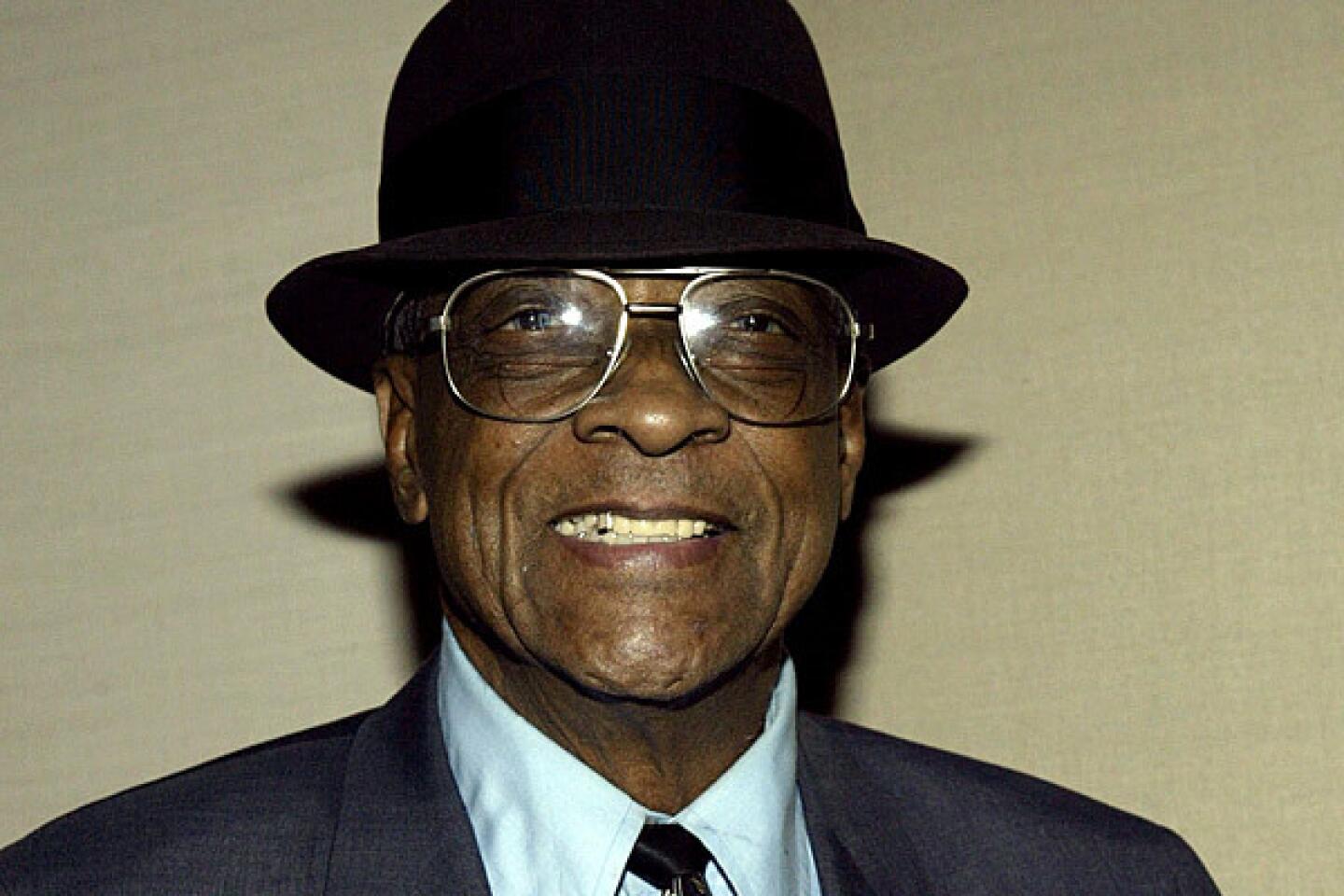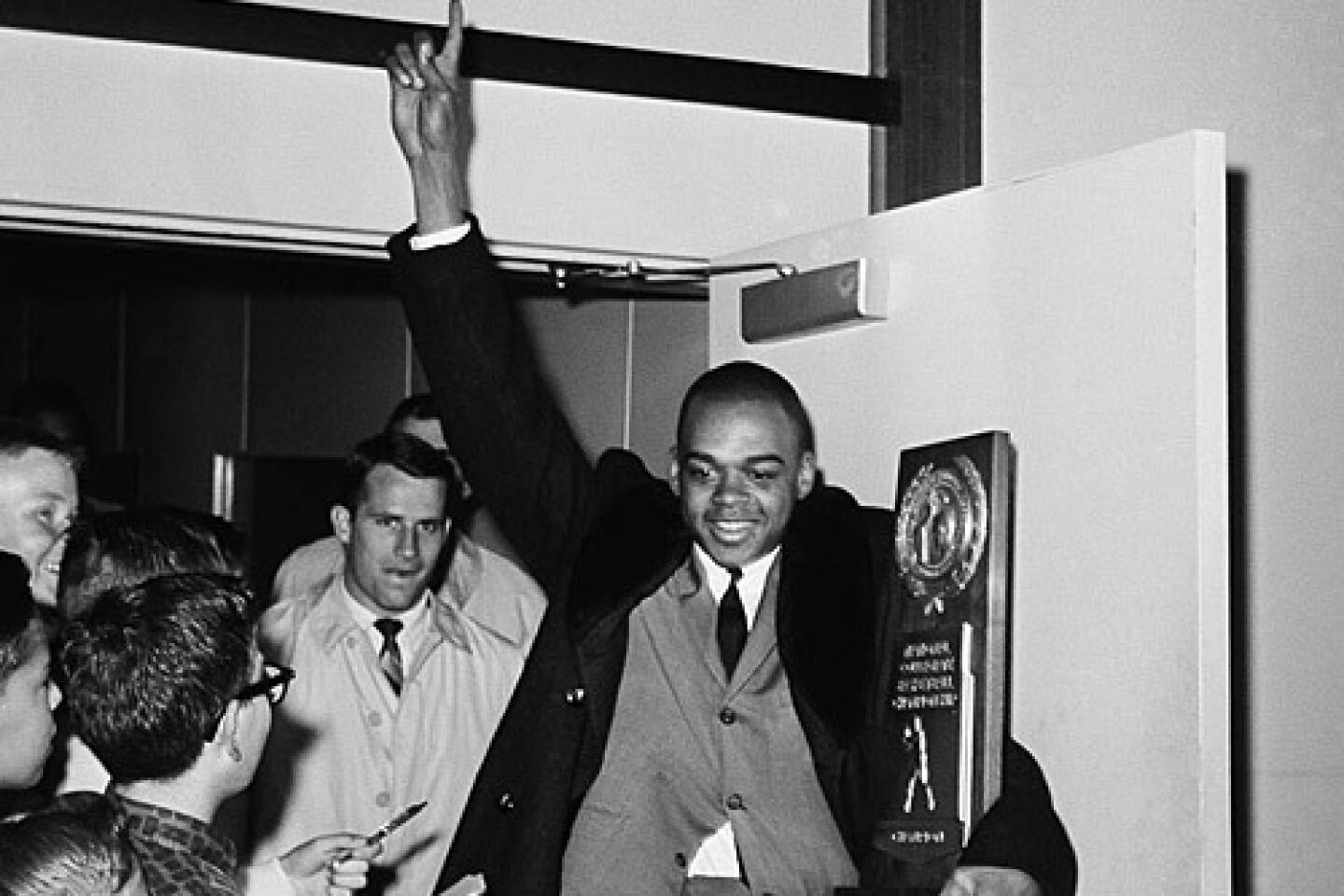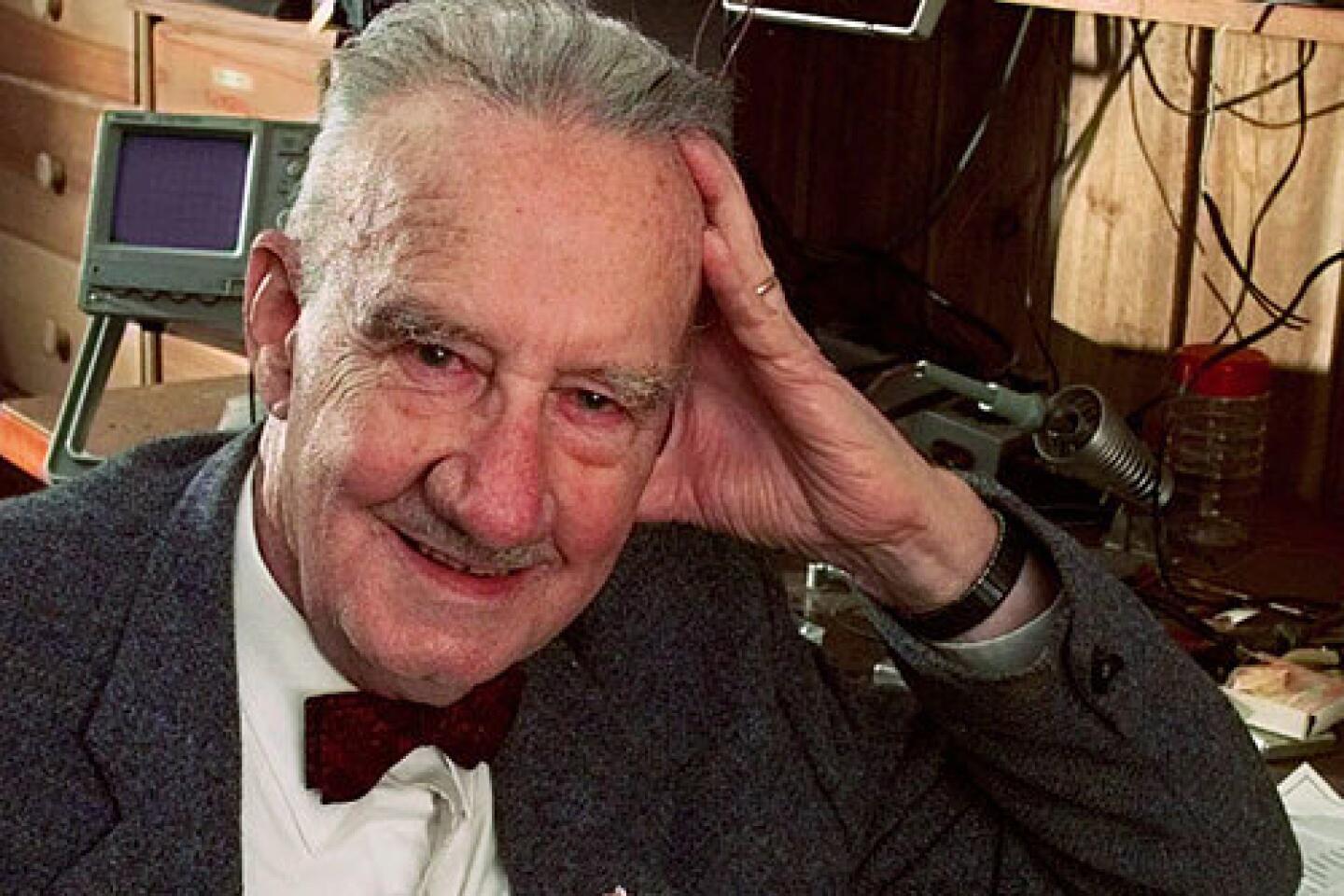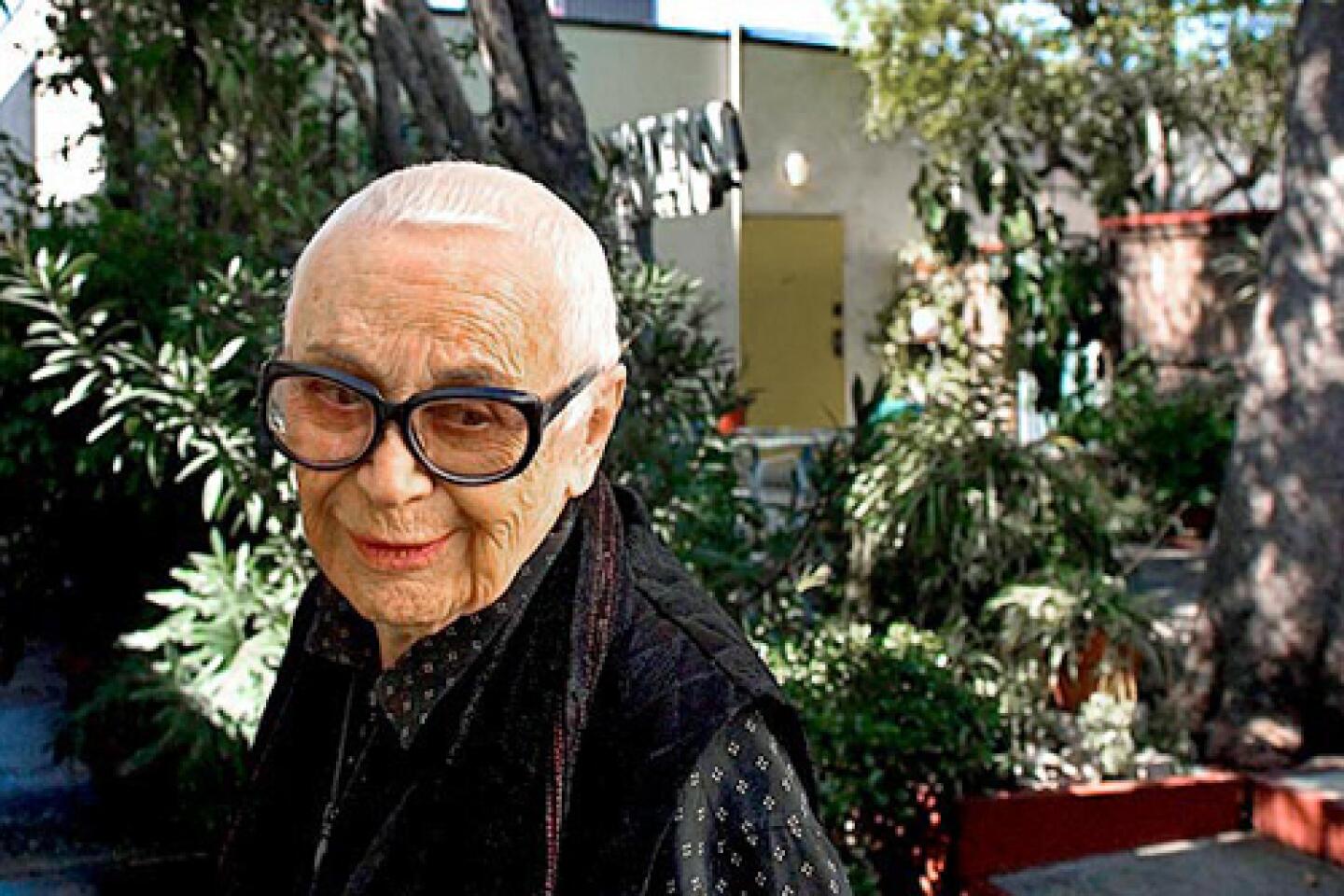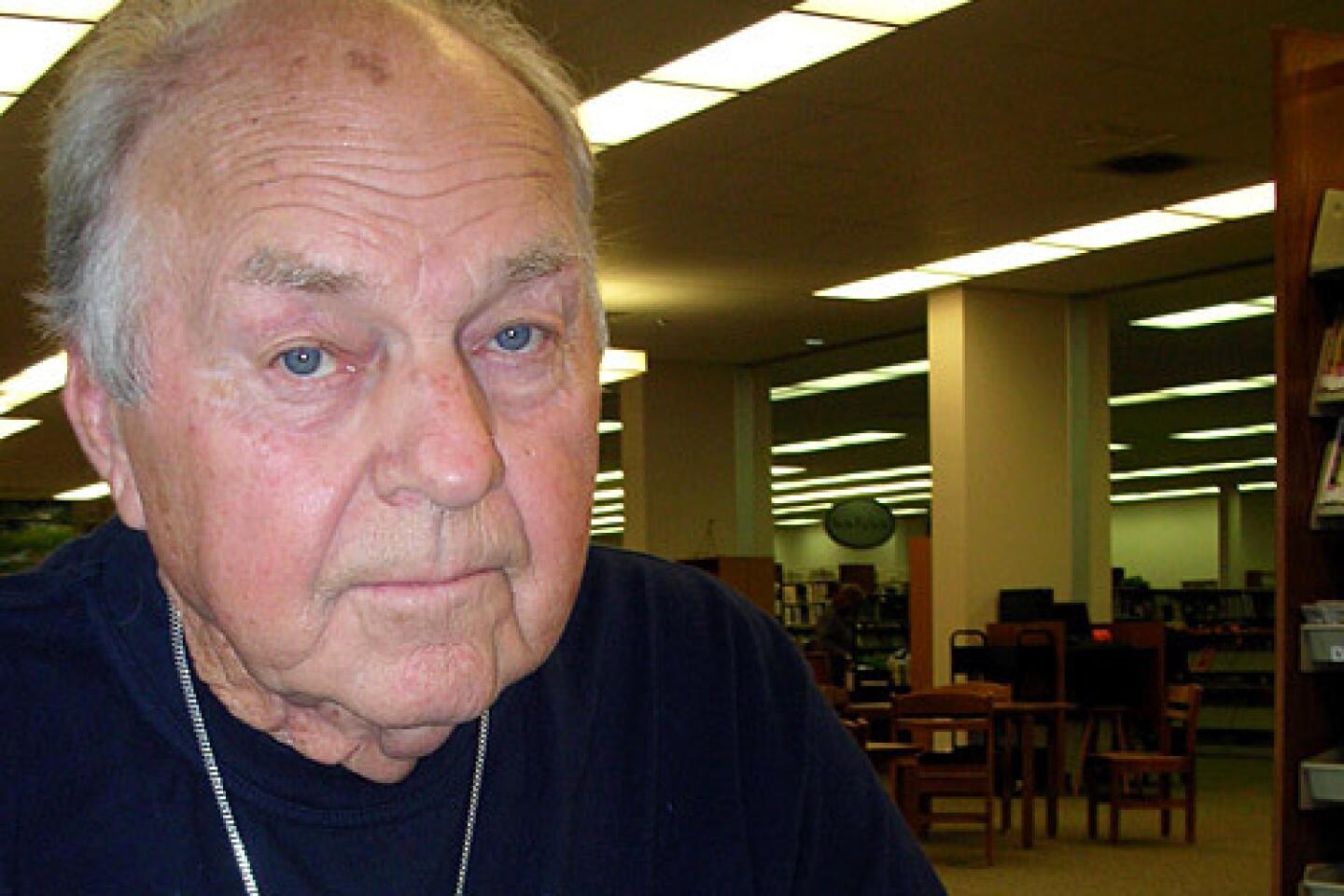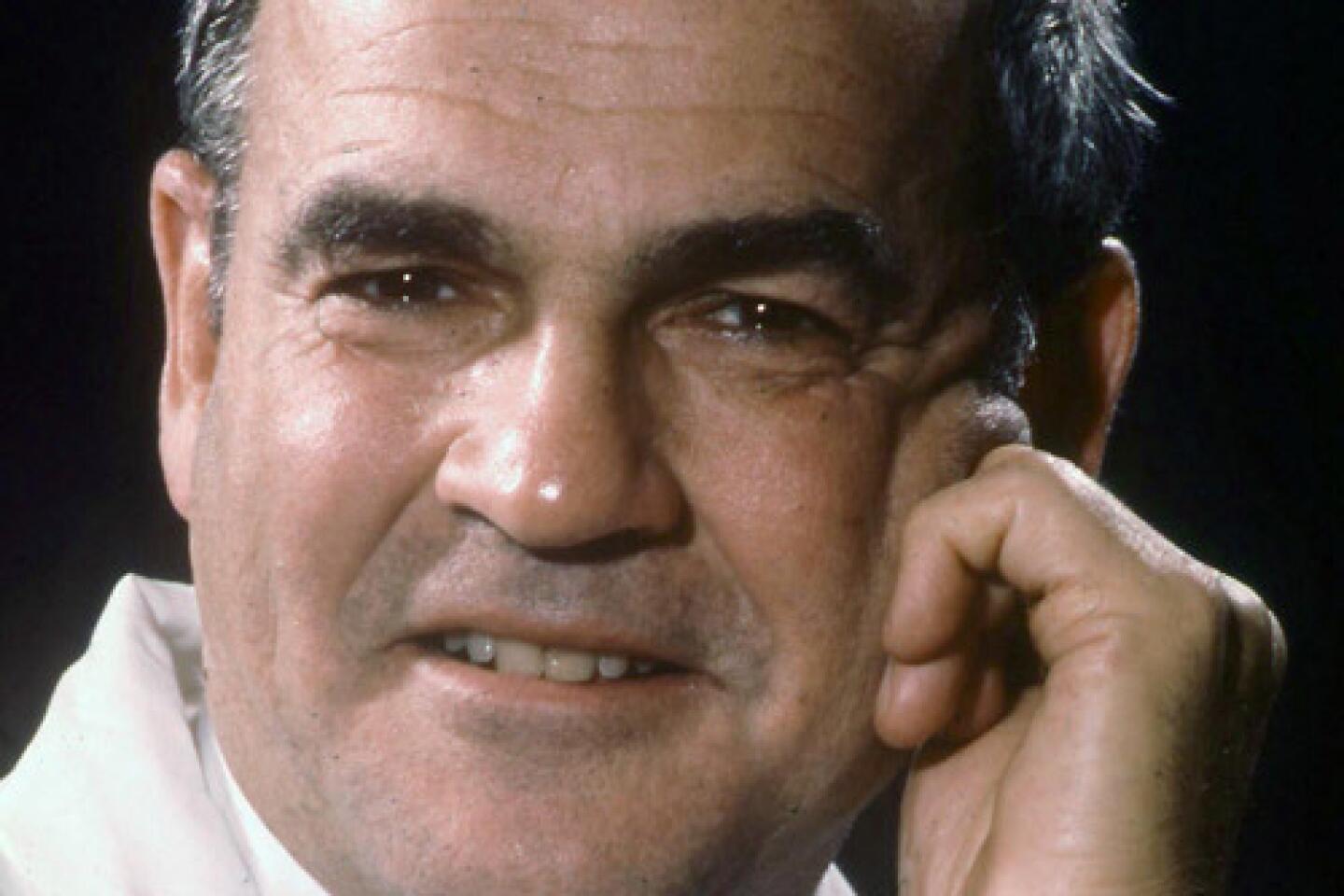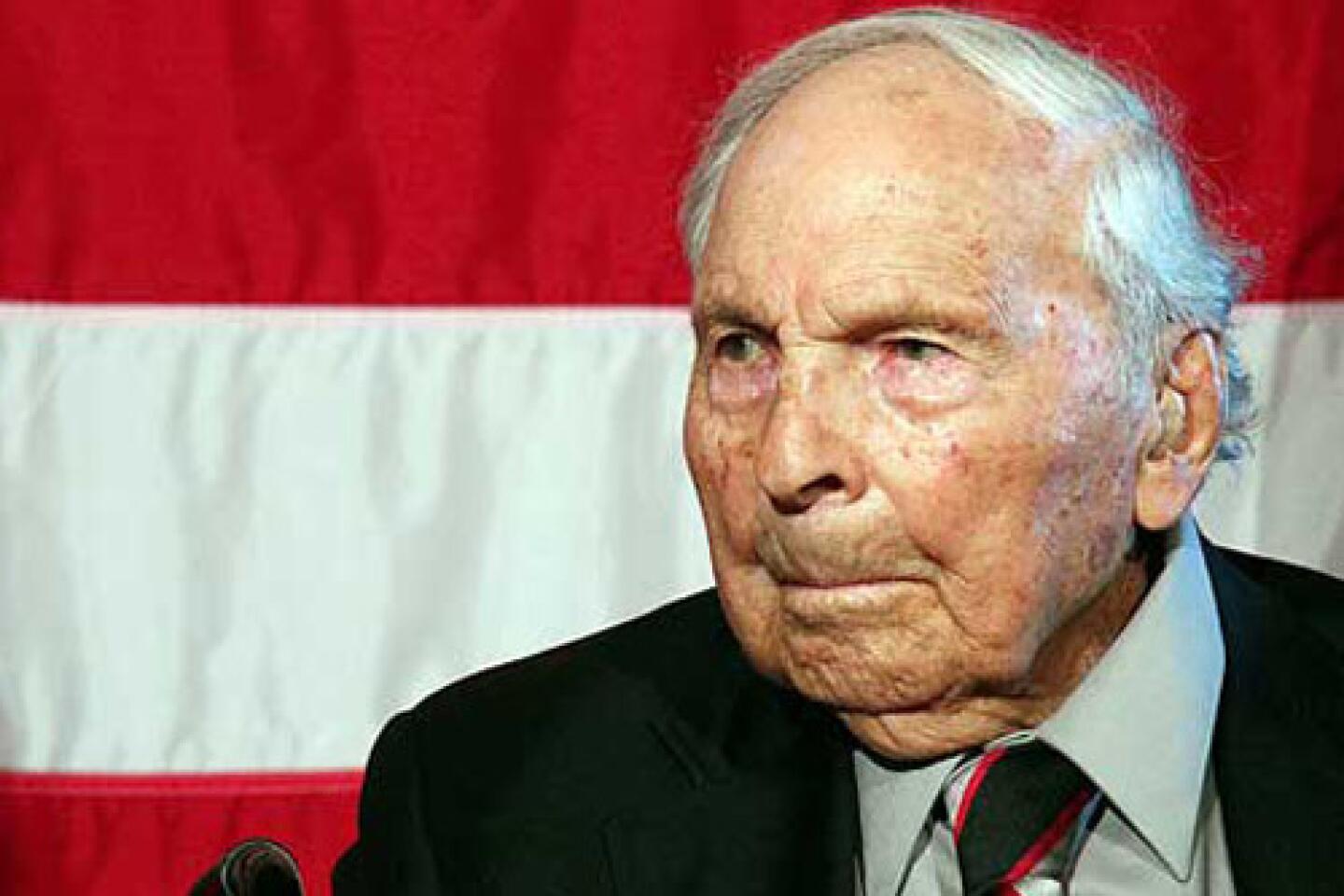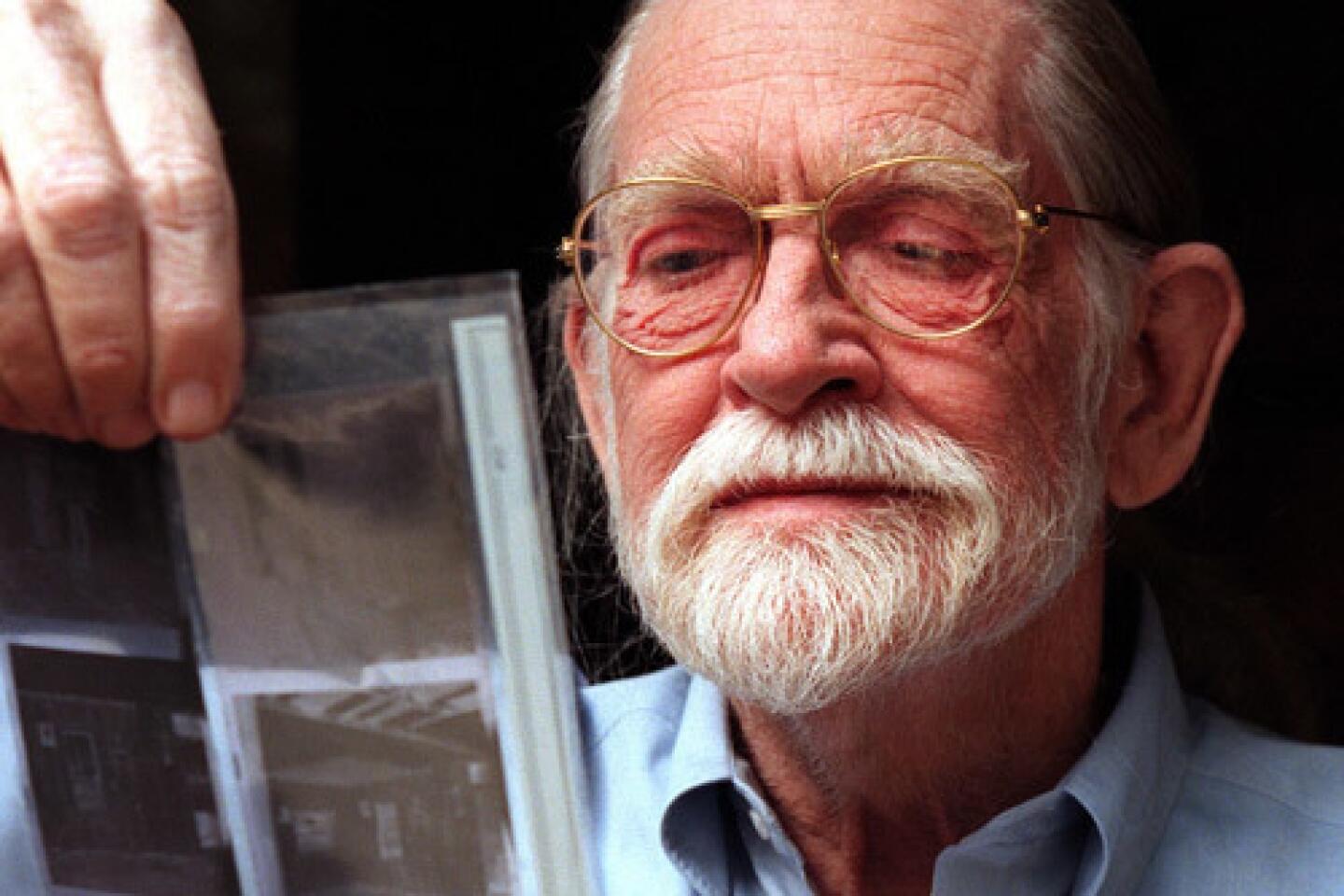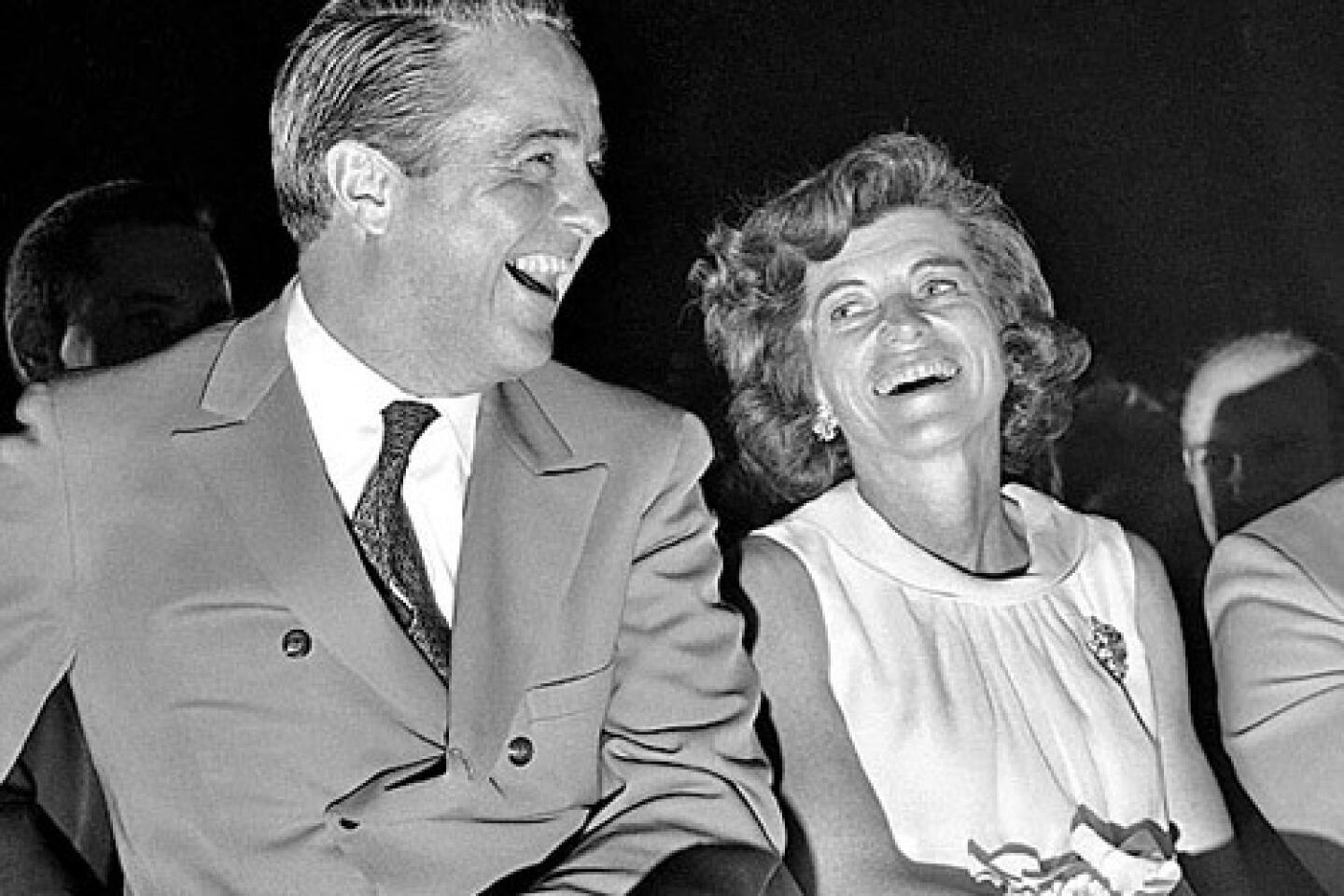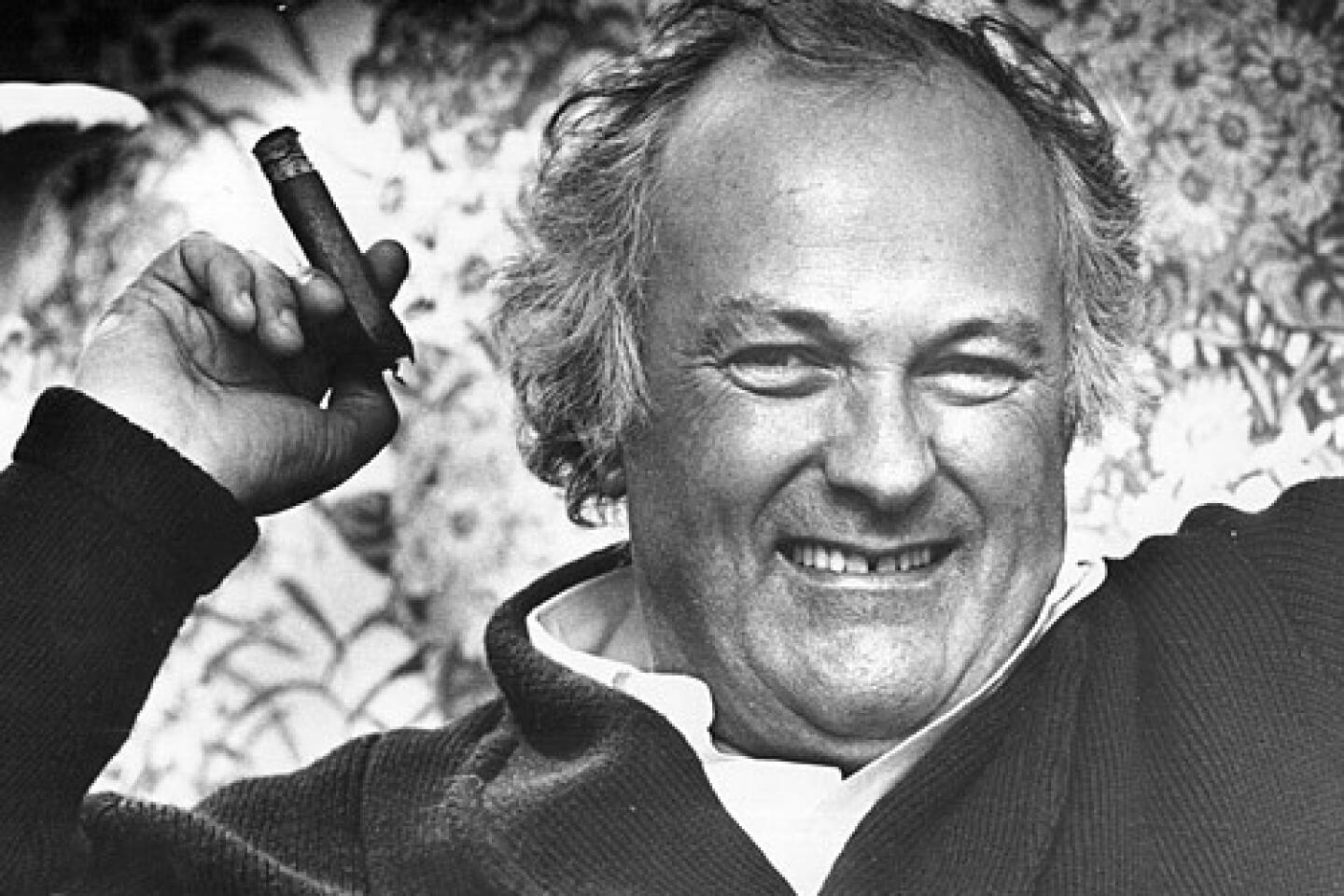Robert E. Conot dies at 82; journalist wrote exhaustive study of the Watts riots
- Share via
To organize his research on the Watts riots, journalist Robert E. Conot sketched out the hour-by-hour progress of events in 1965 on a 25-foot-long stretch of paper, then dressed the diagram in the exhaustive detail for which he became known.
The timeline helped him write “Rivers of Blood, Years of Darkness,” a 1967 study of the smoldering unrest behind the riots. Based on his eyewitness account and extensive interviews, the book was called “brilliant” by Times reviewers. In 1969, one of them wrote: “With honesty and soul,” he revealed the “real, ordinary” people of the “ghetto.”
His other highly regarded books include “A Streak of Luck,” a 1979 biography of Thomas Edison widely praised for exposing the man behind the myth, and “Justice at Nuremberg,” an exhaustive 1983 account of the war crimes trials.
Conot, who retired in 2009 after two decades as an editor with the now-defunct Los Angeles Times-Washington Post News Service, died Nov. 16 at Los Robles Hospital and Medical Center in Thousand Oaks after a brief illness, said his daughter, Gigi. He was 82.
“He is not only a careful scholar but a powerful writer whose gift of evocation — character, mood, setting — is melded with a perception of the larger social, political and economic forces,” said a 1974 Times review of “American Odyssey,” Conot’s “penetrating” history of Detroit.
For his book on Edison, Conot was the first biographer to be given access to the scientist’s archives, Newsweek reported in 1979 before saying: “In Conot’s hands, Edison, slightly rumpled, struts to life.”
The Washington Post wrote that Conot went out of his way “to expose Edison’s frailties.... The debunking, however, though severe, is good-humored, and the final effect of Conot’s well-researched, enjoyable book is less to shatter the ‘Edison myth’ than to give us a critical appreciation of the man.”
The author said that he read more than 50 million words in the course of researching “Justice at Nuremberg.” The Post called the work a “remarkable assimilation” of more than 60 volumes of the official record.
“Conot’s 593-page account of Goering, Hess and cronies in the docket is alive with drama and melodrama,” the Post said in 1983.
Injustice was a theme in Conot’s early life that he rarely spoke about but which he repeatedly visited in his books, his daughter said.
A native of Austria, he was a child of the Kindertransport, a program that spirited Jewish children out of Nazi territory. In 1938, when he was 9, he climbed aboard a train — and never saw his parents again.
His father, a lawyer, died in the Theresienstadt concentration camp, and his mother, a professional violinist, perished at Auschwitz, Conot’s family said.
He arrived in England without knowing a word of English. “With another yank of the collar,” he came to New Orleans in 1941 to live with his mother’s cousin, only to be “exiled” to military school when the cousin served in World War II, Conot later wrote.
While serving in the Army Signal Corps from 1947 to 1950, he exhibited a flair for writing.
After earning a bachelor’s degree in journalism from Stanford University in 1952, Conot wrote for a San Gabriel Valley newspaper and Billboard magazine, his family said.
He had been born Robert Ernst Spielmann on June 25, 1929, in Vienna to Isidore Spielmann and his wife, Ottilie Reiniger. Adult concerns about anti-Semitism led him to adopt the last name of “Conot,” which he derived from Kaunitz, a Moravian town inhabited by his ancestors.
A 1960 grant from the Huntington Hartford Foundation enabled Conot to write his first novel, “Ministers of Vengeance” (1964), about the last lynching in California. He based his other novel, “The Nuremberg Gift” (1968), on his brother-in-law’s role as an intelligence officer who tracked down Nazis after World War II.
Conot’s account of the Watts riots caught the attention of President Lyndon Johnson’s National Advisory Commission on Civil Disorders, formed in 1967. Conot oversaw the historical section of the commission’s report.
At 60, he joined the Times-Post news service. Well into the computer age, he insisted on editing on paper. Regular calls to the technology desk, made in his booming voice, earned him the nickname “Bob Cannot.”
“He was a very private person who didn’t do anything halfway,” his daughter said. “That went for his research and his friendships.”
Besides his daughter Gigi of Portland, Ore., he is survived by his wife, Florence, of Thousand Oaks; son Eric of Mission Viejo; and two grandchildren.
More to Read
Start your day right
Sign up for Essential California for the L.A. Times biggest news, features and recommendations in your inbox six days a week.
You may occasionally receive promotional content from the Los Angeles Times.


